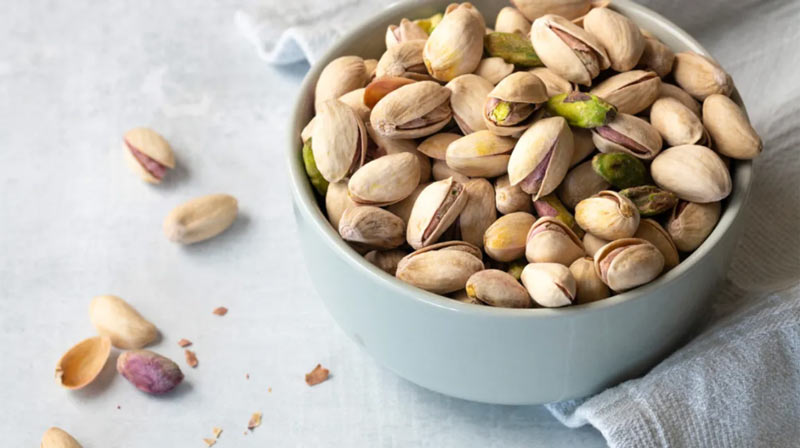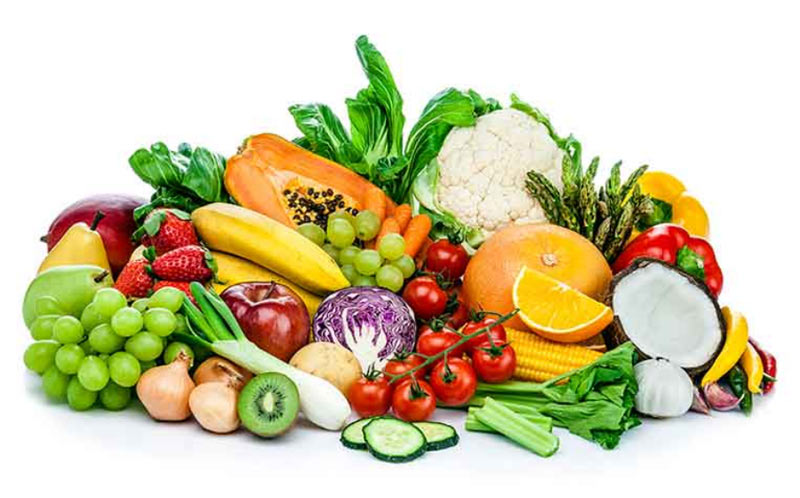Best Foods for High Blood Pressure
Jun 20, 2023 By Madison Evans
If you're worried about high blood pressure, don't worry – plenty of tasty foods can help lower your blood pressure and get you back on the right track. Eating healthy doesn't have to be boring!
Many delicious recipes incorporate ingredients that regulate fat storage, reduce inflammation, increase good cholesterol, and combat high blood pressure.
This post will discuss the best foods for high blood pressure and how incorporating them into your diet can benefit your health. So let's get started!
What food causes high blood pressure
It is sodium. Limiting your daily sodium intake to 1,500 milligrams or less is important, as this will help lower blood pressure and reduce the risk of developing heart disease.
To achieve this goal, avoiding processed foods loaded with salt is best. Instead, focus on eating whole foods such as vegetables, fruits, whole grains, lean proteins, and healthy fats.
17 Best Foods for High Blood Pressure

1. Oatmeal:
High in fiber, oatmeal helps to lower cholesterol levels and keep blood pressure in check by slowing down the absorption of sodium and other nutrients.
2. Bananas:
The potassium found in bananas helps reduce help reduce hypertension as it reduces sodium's effects on your body.
3. Dark chocolate:
Cocoa flavanols, found in dark chocolate, have been shown to lower blood pressure.
4. Beetroot:
Beetroots are rich in nitrates, which help improve blood flow and reduce hypertension.
5. Berries:
Berries such as strawberries and blueberries contain anthocyanins, which can help relax your blood vessels and reduce the risk of high blood pressure.
6. Fatty fish:
Fish such as salmon and mackerel are packed with omega-3 fatty acids that can help keep blood pressure levels low by reducing inflammation in the arteries.
7. Tomatoes:
Red tomatoes are rich in lycopene, an antioxidant that helps protect against cardiovascular diseases and lowers bad cholesterol levels.
8. Whole grains:
Whole grains contain fiber, which helps to reduce cholesterol levels and improve blood flow.
9. Broccoli:
Eating broccoli or cruciferous veggies like cauliflower can help regulate your body's blood pressure as they are packed with antioxidants and fiber.
10. Avocado:
The healthy fats found in avocados can help lower bad cholesterol levels, reducing the risk of hypertension.
11. Nuts and seeds:
Nuts such as walnuts and flaxseeds are rich in omega-3 fatty acids, which can help lower your blood pressure levels naturally.
12. Pomegranate juice:
Drinking a glass of pomegranate juice can help improve blood flow and reduce the risk of hypertension.
13. Green tea:
Green tea is rich in catechins, antioxidants that can help relax the arteries and lower blood pressure.
14. Garlic:
Eating garlic regularly can help to reduce hypertension levels as it contains allicin, an antioxidant that helps to reduce inflammation in the body.
15. Yogurt:
Yogurt is packed with calcium and active cultures, which contribute to reducing high blood pressure levels by regulating fat metabolism in the body.
16. Leafy greens:
Foods like spinach and kale contain magnesium, which helps relax your arteries and regulate healthy blood pressure levels.
17. Watermelon:
The high levels of potassium found in watermelons can help reduce hypertension and improve blood flow.
These are just some of the best foods to help naturally manage your blood pressure levels. Remember to include them in a balanced diet and ensure you're getting enough exercise. With these measures, you can keep your blood pressure in check.
How to lower blood pressure with food

Eating right can play an important role in helping to lower high blood pressure. Here are some of the best foods for reducing and controlling hypertension:
Fruits and Vegetables:
Fruits and vegetables are packed with vitamins, minerals, fiber, antioxidants, and other beneficial compounds that help lower your risk of developing high blood pressure. Eating fruits rich in potassium, such as bananas, is especially beneficial. Increasing your intake of non-starchy vegetables can also help reduce blood pressure.
Whole Grains:
Whole grains are a great source of complex carbohydrates and fiber, which helps to lower cholesterol levels and maintain healthy blood sugar levels. Eating whole grains like oats, quinoa, and brown rice regularly can help reduce high blood pressure.
Nuts and Seeds:
Nuts and seeds are a great source of healthy fats, protein, fiber, vitamins, minerals, and other beneficial compounds that can help reduce high blood pressure. Eating a handful of nuts or seeds daily may lower your hypertension risk.
Fatty Fish:
Fatty fish such as salmon, mackerel, and sardines are a great source of Omega-3 fatty acids, which have been shown to reduce inflammation and help lower high blood pressure. Eating a few portions of fish each week can help keep your blood pressure in check.
FAQs
What not to eat with high blood pressure?
Regarding food and high blood pressure, sodium should be limited. Eating too much sodium can cause fluid retention and increase your blood pressure. As a general rule, limit the amount of sodium in your diet to no more than 2,300 milligrams per day (about one teaspoon). Foods high in saturated fats, trans fats, added sugars, and refined grains should also be avoided.
Do bananas lower blood pressure?
Yes, bananas can be beneficial in lowering your blood pressure. Bananas are rich in potassium, which helps to counterbalance the effects of sodium and helps lower blood pressure.
Additionally, they are a good source of fiber and magnesium, which are associated with maintaining healthy blood pressure levels.
How to reduce BP?
Maintaining a healthy diet and lifestyle can help reduce high blood pressure. Eating a diet rich in whole grains, fruits, vegetables, lean proteins, and low-fat or non-dairy calcium sources can help keep your blood pressure at a healthy level.
Regular physical activity and limiting alcohol consumption can also help lower blood pressure. Finally, reducing stress and getting enough sleep can also be beneficial in reducing high blood pressure.
Conclusion
High blood pressure is a serious health concern, so knowing the beneficial foods for lowering this condition is important. Eating a healthy and balanced diet can help reduce your risk of developing high blood pressure in the first place and help you manage it if you have already been diagnosed.
Foods such as fatty fish, bananas, oats, garlic, dark chocolate, spinach, and beets are all excellent choices for keeping your blood pressure healthy.







